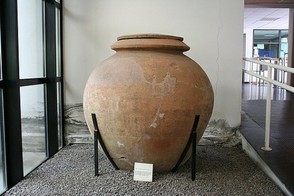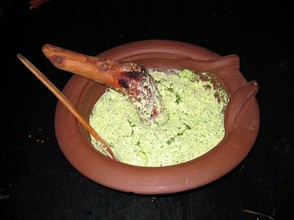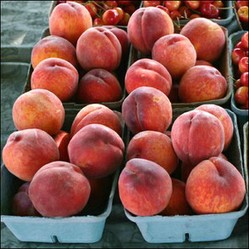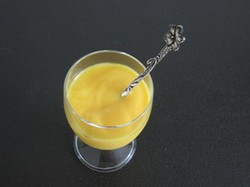In the first century, yeast was introduced which changed a daily breakfast meal from one of gruel to a daily ration of bread. The importation of black pepper changed the primary spice mix from locally grown spices (coriander, allspice, and nutmeg) to imports from India; an unconquered land. Roman's never had sugar, refined or otherwise, and relied instead on reduced grape juice (must) or honey. Because cow was considered a draft animal, they also did not drink cows milk or make butter, relying instead on vegetable oils, particularly olive oil.
What drove changes in eating habits were the ever expanding borders of the new empire, new found wealth, and access to more ingredients.
Romans were not just architecturally savvy they had cooking skills equivalent to today's chefs. Granted, their ingredients list was considerably different; they didn't have access to black pepper until the middle of the first century, but salt was abundant as were olives, wheat and grapes. All four were essential to roman cooking even though black pepper came later.
It should come as no surprise then that olive oil, and the product of grapes and wheat, in the form of various stages of wine and various forms of bread, were both abundant and cheap.
Salt was even a subsidized commodity making that mineral both plentiful and inexpensive no matter what the actual cost produce or import.






 Crêpes and Crêpe Disheson 09/14/2016
Crêpes and Crêpe Disheson 09/14/2016
 About Me - Liam Beanon 11/28/2014
About Me - Liam Beanon 11/28/2014
 About Ebolaon 11/08/2014
About Ebolaon 11/08/2014



Comments